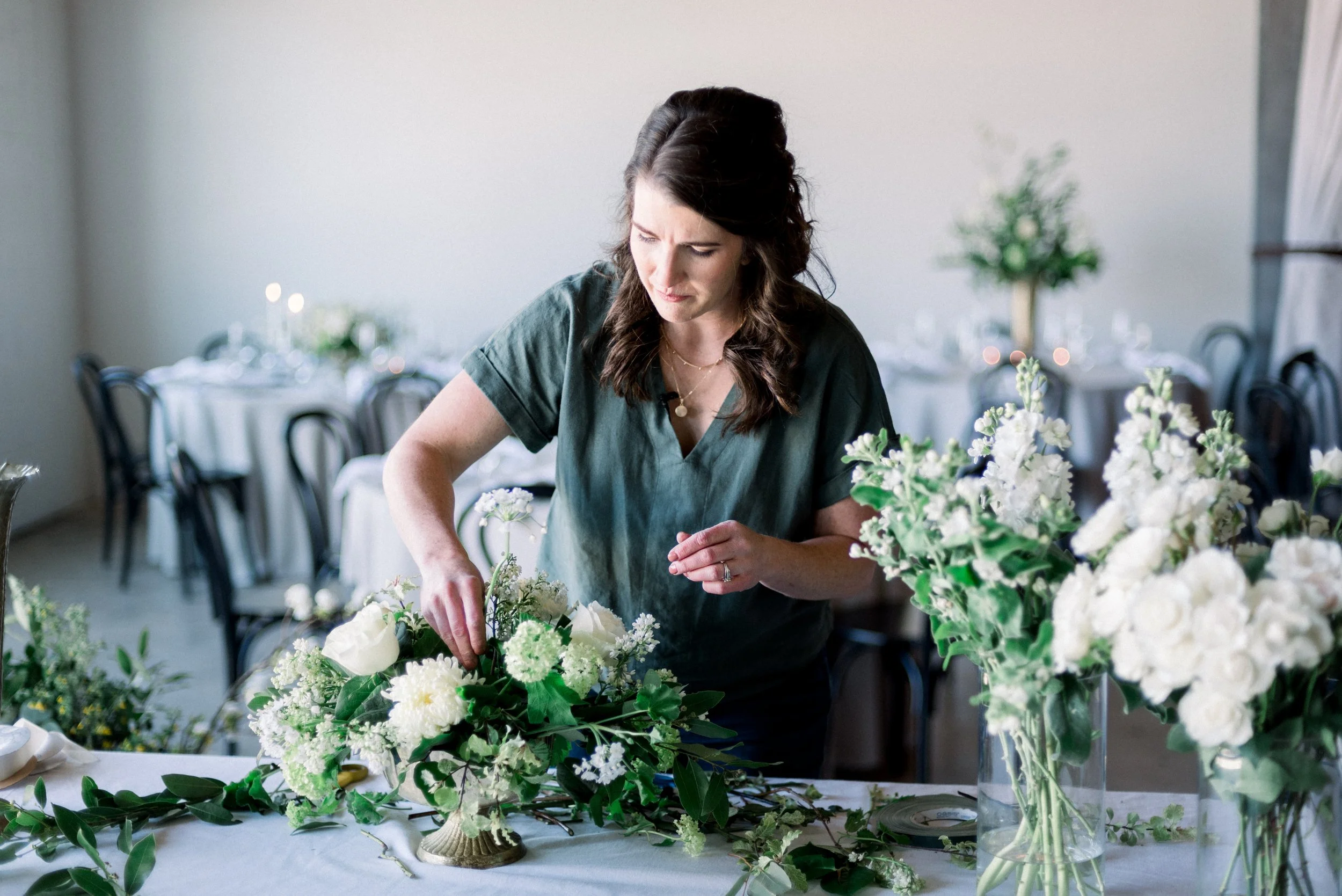Become a Freelance Florist: 5 steps to Getting Started
I often hear people say they’d love to become a florist but feel unsure about how to get started. It can seem overwhelming, but I believe the simplest way to begin is by becoming a freelance florist. This role allows you to follow your passion for flowers, express your creativity, and enjoy the flexibility of managing your own schedule. As a freelance florist, you'll also have the chance to learn from every florist and project you work on. Here are the key steps to help you launch your freelance florist career.
1. Gain Floral Design Skills
You don't need to be an expert, but having a solid foundation in basic design skills—like creating arrangements, bouquets, and personal flowers—will give you a significant advantage when seeking freelance work. Additionally, it's essential to understand how to properly process and care for cut flowers to ensure their freshness and longevity.
2. Set Up Your Business
Although you'll be working for other florists, it's important to set up your own business since you'll be operating as an independent contractor. Start by choosing a name and developing your branding—something you truly love and that can grow with you if you decide to transition from freelancing to managing your own floral projects.
You'll also need to register your business with the state, obtain the necessary sales tax licenses, and establish a dedicated business bank account.
3. Build A Portfolio
It's essential to demonstrate to potential employers that you can create a variety of designs. As a freelance florist, you'll be expected to adapt your style to match the florist hiring you. To stand out, make sure you learn different techniques and design styles, and showcase this versatility in your portfolio. You can build your portfolio on social media or a website.
4. Market Yourself
Networking is one of the most effective ways to land freelance jobs! Start by researching florists whose work you admire and reach out to them during the off-season. Invite them for coffee to build a connection and explore how you can assist them when things get busy. You might begin with tasks like washing buckets or processing flowers, but once they see your dedication and willingness to take on any task, more opportunities to design will come your way.
5. Start Small & Grow
It's perfectly fine to start small. Find a florist who needs help and give it your all. From my own experience, if someone is eager to handle the less glamorous tasks, I’m more inclined to teach them on the job. The floral industry moves quickly, and once you prove yourself, more opportunities will come your way. You'll be surprised at the incredible projects you'll be invited to work on. However, having strong basic design skills is crucial to your success, as most florists simply don't have the time to teach those fundamentals during the busy season.



